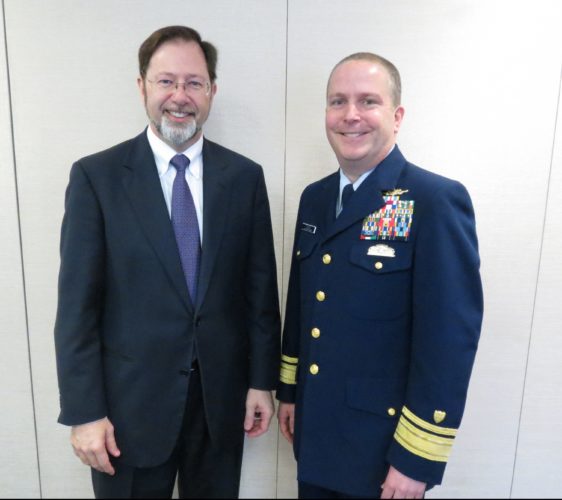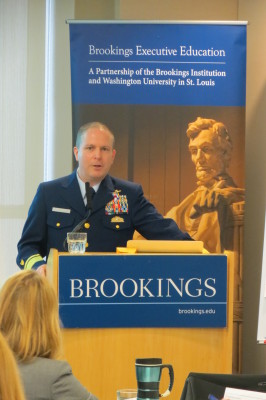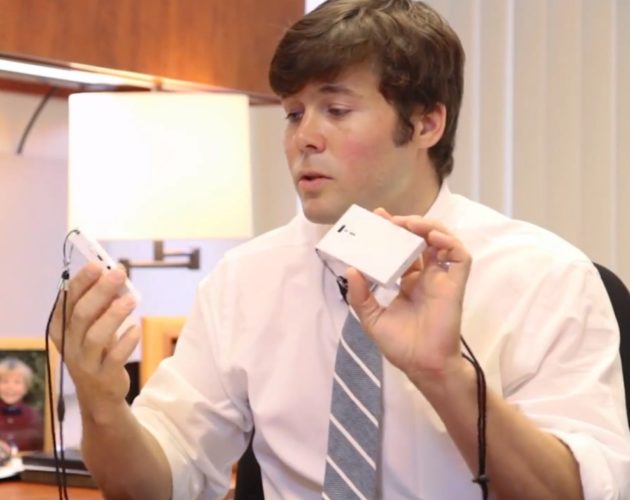It’s not easy being green. Especially when you’re constructing large buildings like Knight Hall and Bauer Hall. But the architects, designers, construction workers, and managers on Olin’s newest buildings have included environmentally friendly materials and practices at every stage of the construction project. One of the goals of all this green activity is to earn Gold Certification from the U.S. Green Building Council by meeting standards set in the Leadership in Energy & Environmental Design (LEED) System.
From reducing the amount of debris taken to landfills to using locally sourced wood and hardware made from recycled metals, the construction process was carefully planned to reduce the impact and maximize the efficiency of the new buildings. Lighting, heating, and cooling systems are also designed to meet high standards of sustainability.
Washington University currently has 15 LEED certified buildings: seven at the gold level, six at the silver level and two certified.
Harry Bolson, BSBA’14, has been a member of the Olin building committee since his freshman year and is a LEED Green Associate. He guides us through the six categories of sustainable features required to earn the USGBC Gold certification in this video.
Images: WUSTL’s Office of Sustainability website and U.S. Green Building Council website



 No, you guessed it wrong; neither were they hooting for the Cardinals nor for the Rams. This one was for the Indian Cricket Team that was battling against the Sri Lankans in the World Cup T20 Finals!
No, you guessed it wrong; neither were they hooting for the Cardinals nor for the Rams. This one was for the Indian Cricket Team that was battling against the Sri Lankans in the World Cup T20 Finals! The event, hosted and organized by the Olin India Club (OIC), witnessed a grand enthusiasm, support and encouragement from both the student community and Olin’s administrative leadership. The OIC leadership also left no stones unturned by ensuring a variety of food and drink options for the audience.
The event, hosted and organized by the Olin India Club (OIC), witnessed a grand enthusiasm, support and encouragement from both the student community and Olin’s administrative leadership. The OIC leadership also left no stones unturned by ensuring a variety of food and drink options for the audience.






